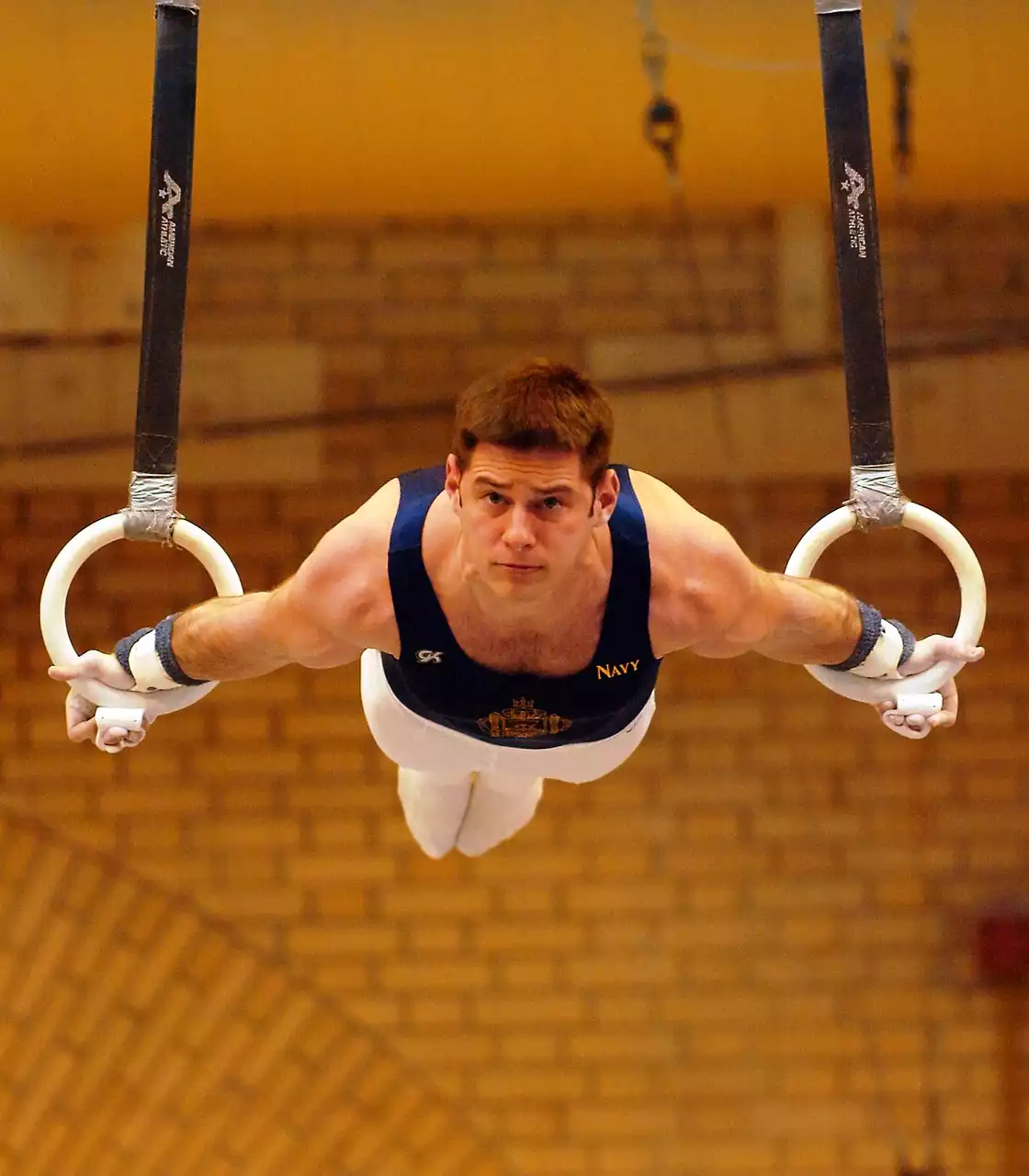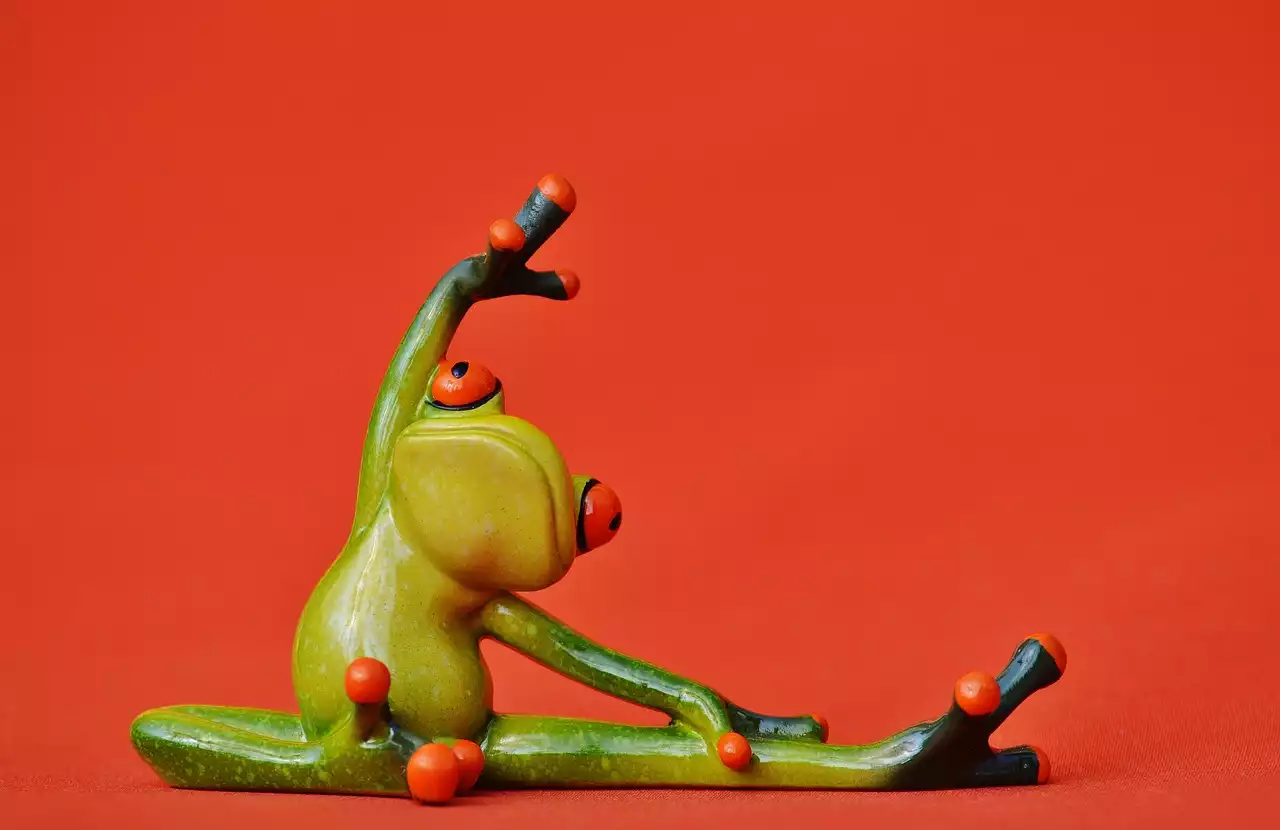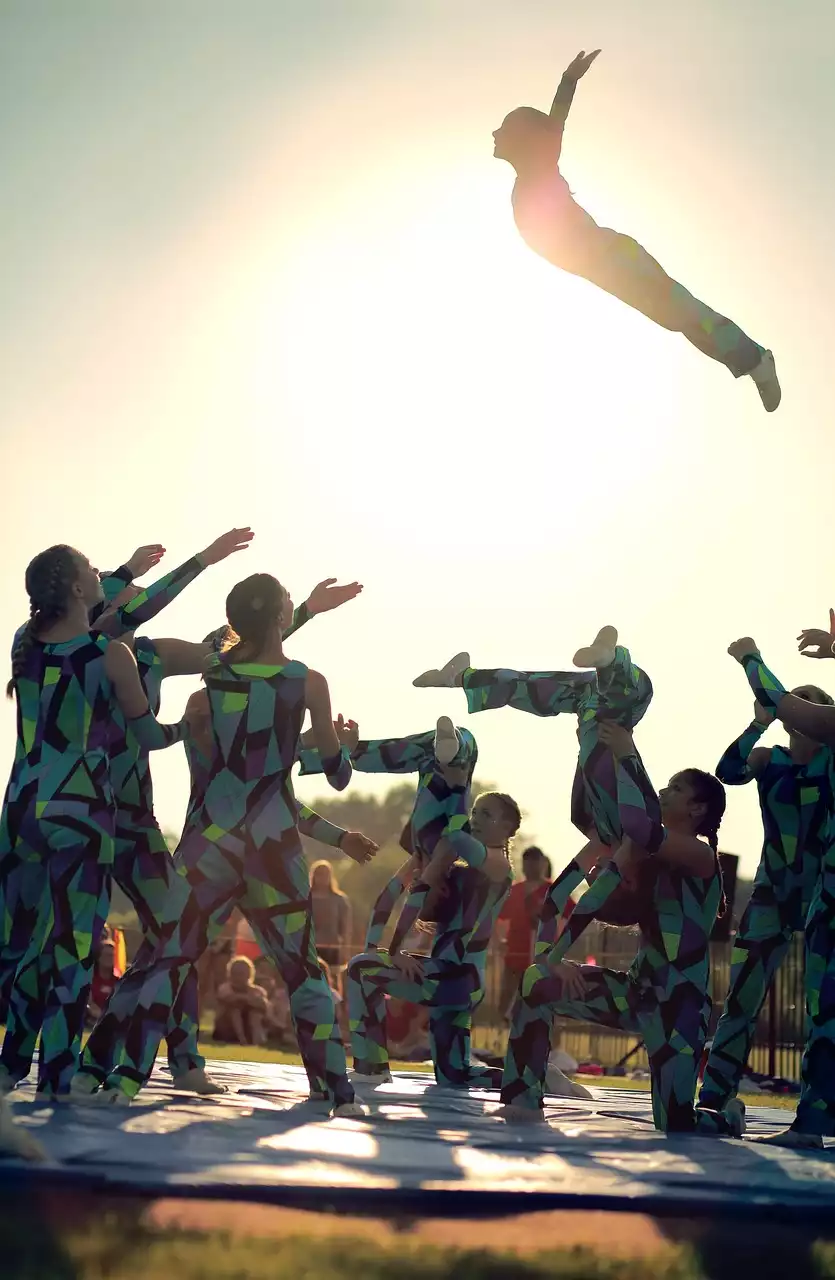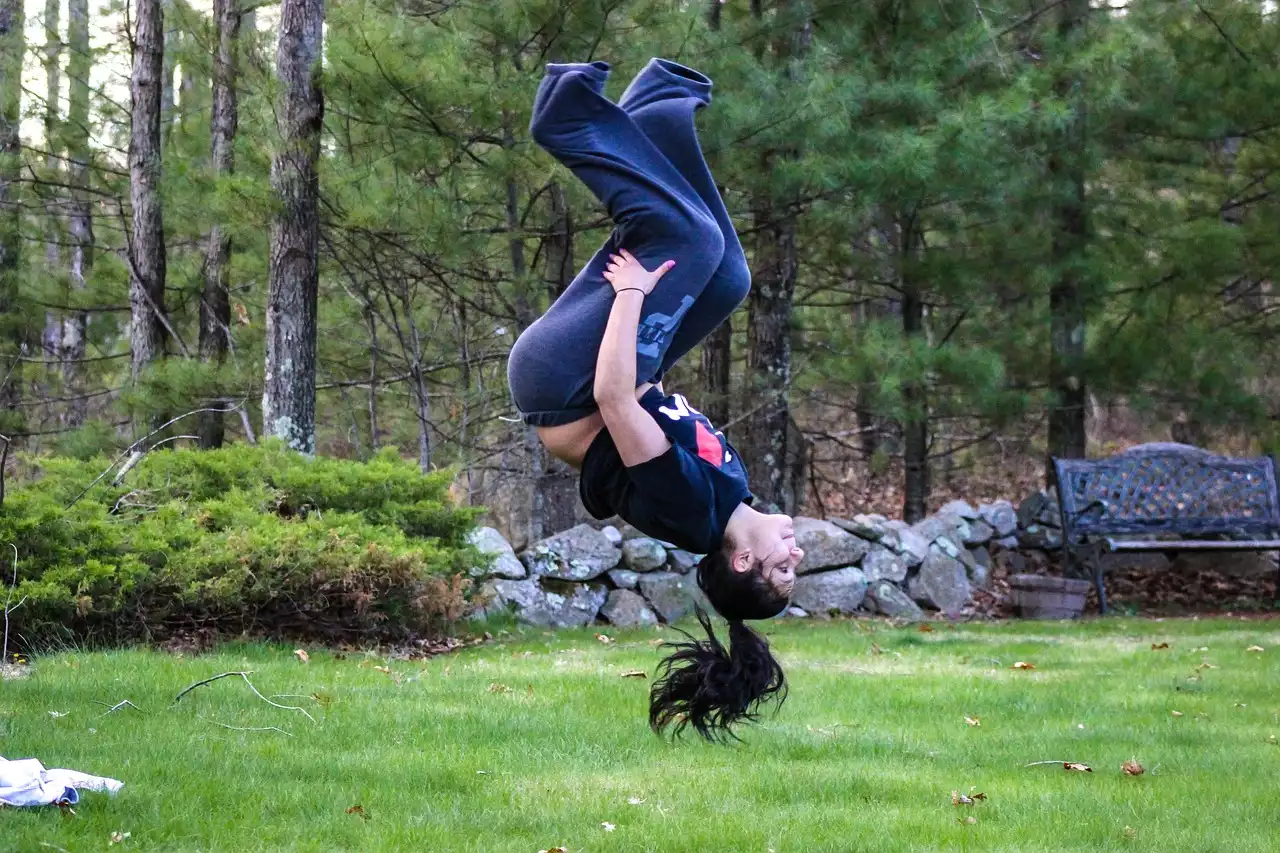Understanding Progressions in Gymnastics Training
Progressions in gymnastics training are an important part of any gymnast’s development. Proper progressions in training can help a gymnast reach their full potential and excel in their sport. Understanding how to make progressions in training is essential to the success of any gymnast. It can be difficult to know where to start, or how to progress from one level to the next. However, with the right foundation and knowledge, progressions in gymnastics training can be made easily and effectively.
What are progressions in gymnastics training?
Progressions are designed to build on each other and increase the difficulty of the skill or exercise as the gymnast grows in knowledge and strength. They are a series of steps that a gymnast must take to reach the next level of skill or knowledge. Progressions in gymnastics training are important because they allow a gymnast to build the necessary skills and knowledge to reach their goals.
Progressions in gymnastics training can include anything from basic skills to more complex skills. For example, a beginner may start out with basic progressions such as forward rolls, backward rolls, and cartwheels. As the gymnast progresses, they may move on to more advanced progressions such as back handsprings, front handsprings, and layouts.
Benefits of progressions in gymnastics training
Progressions in gymnastics training are important because they allow the gymnast to build the skills and knowledge they need to reach their goals. Progressions also allow the gymnast to gradually increase the difficulty of their skills. This allows the gymnast to learn the necessary skills and techniques in a safe and controlled environment.
Progressions also allow the gymnast to develop the proper technique. As the gymnast progresses, they can refine their technique and master the skill. This is important because the proper technique is essential for a gymnast to reach their full potential.
Understanding skill levels and progressions
Progressions in gymnastics training are based on the skill level of the gymnast. Each progression is designed to increase the difficulty of the skill or exercise as the gymnast grows in knowledge and strength. A gymnast needs to understand the skill level of the progression they are attempting. For example, a beginner may attempt a progression that is too difficult for their skill level, and this could lead to injury.
It is also important for a gymnast to understand the progressions that are appropriate for their skill level. Each progression should be designed to challenge the gymnast and help them reach their goals. It is important to remember that each progression should be tailored to the individual gymnast.
Setting goals and making progressions in gymnastics training
A gymnast needs to set goals and make progressions that are tailored to their abilities and needs. Setting goals is important because it allows the gymnast to focus on the skills and techniques they need to improve. It is also important to make progressions that are appropriate for the gymnast’s skill level.
When making progressions in gymnastics training, it is important to start with basic progressions and gradually increase the difficulty as the gymnast grows in knowledge and strength. Starting with basic progressions allows the gymnast to learn the proper technique and build the necessary skills and knowledge to reach their goals.
Examples of progressions in gymnastics training
Progressions in gymnastics training can include anything from basic skills to more complex skills. For example, a beginner may start with basic progressions such as forward rolls, backward rolls, and cartwheels. As the gymnast progresses, they may move on to more advanced progressions such as back handsprings, front handsprings, and layouts.
Progressions in gymnastics training can also include skills on uneven bars, balance beams, and floor exercises. For example, a beginner may start with basic skills such as pullovers, casts, and swings on uneven bars. As the gymnast progresses, they may move on to more advanced skills such as kips, releases, and giants on the uneven bars.
Building strength and flexibility for progressions
To make progressions in gymnastics training, a gymnast needs to build strength and flexibility. Strength and flexibility are essential for a gymnast to perform the skills and techniques required for progressions. Building strength and flexibility can be done through a variety of exercises such as weight training, stretching, and plyometrics.
It is also important for a gymnast to practice proper technique. Proper technique is essential for a gymnast to reach their full potential. A gymnast should practice the skills and techniques required for progressions in a safe and controlled environment.
Developing a proper technique for progressions
To make progressions in gymnastics training, a gymnast needs to develop the proper technique. Proper technique is essential for a gymnast to perform the skills and techniques required for progressions. Proper technique can be developed through practice and repetition.
It is also important for a gymnast to understand the biomechanics of the skill or exercise. Understanding the biomechanics of a skill or exercise can help a gymnast develop proper technique and reduce the risk of injury.
Tips for successful progressions in gymnastics training
Making progressions in gymnastics training can be challenging, but with the right foundation and knowledge, it can be made easily and effectively. Here are some tips for successful progressions in gymnastics training:
- Set realistic goals and make progressions that are tailored to the individual gymnast.
- Understand the skill level of the progression and make sure it is appropriate for the gymnast.
- Build strength and flexibility through a variety of exercises.
- Practice proper techniques and understand the biomechanics of the skill or exercise.
- Gradually increase the difficulty of the skill or exercise as the gymnast grows in knowledge and strength.









